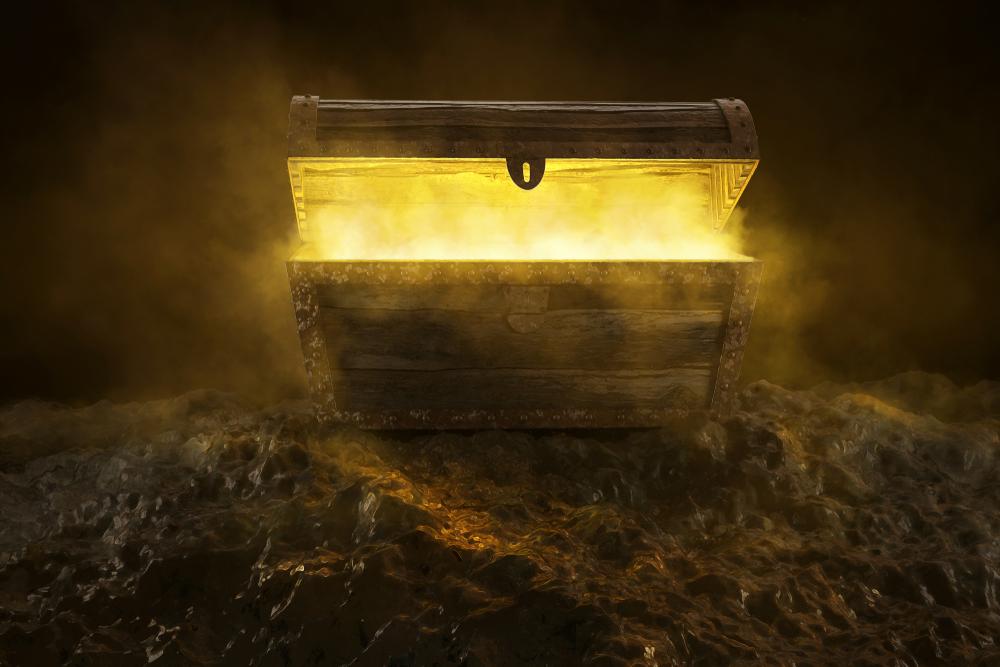When it’s time to think about a summer vacation, there’s always the beach, the mountains, or the family holiday home. But this year, perhaps, you should consider an unusual adventure that could be a life-changing event.
Treasure hunting inspires movies and novels, and while many lost treasures may rest at the bottom of the ocean, there are others waiting to be found right here in the United States. The Lost Dutchman Mine, stashed somewhere in Arizona’s Superstition Mountains, is a prime example.






